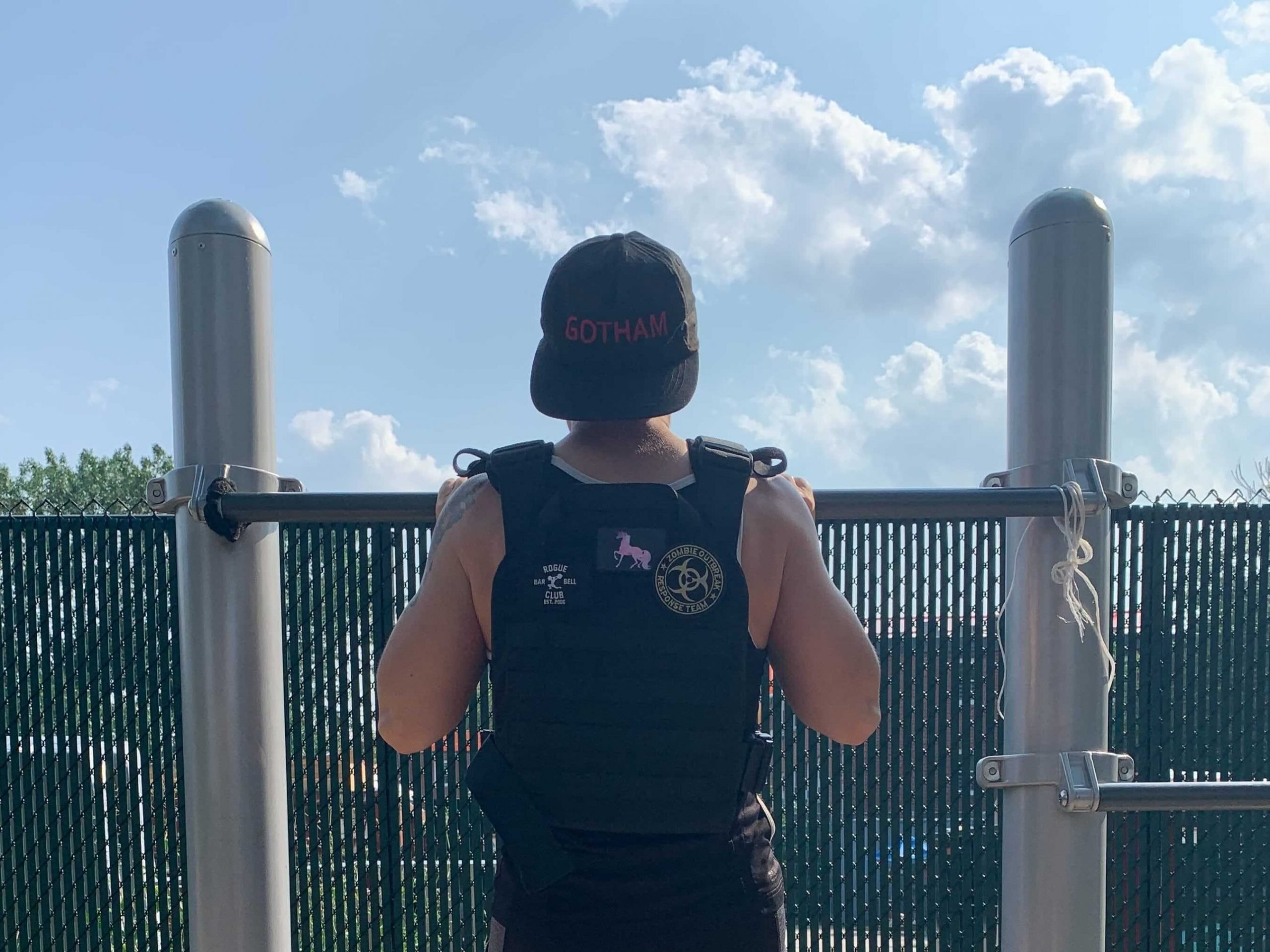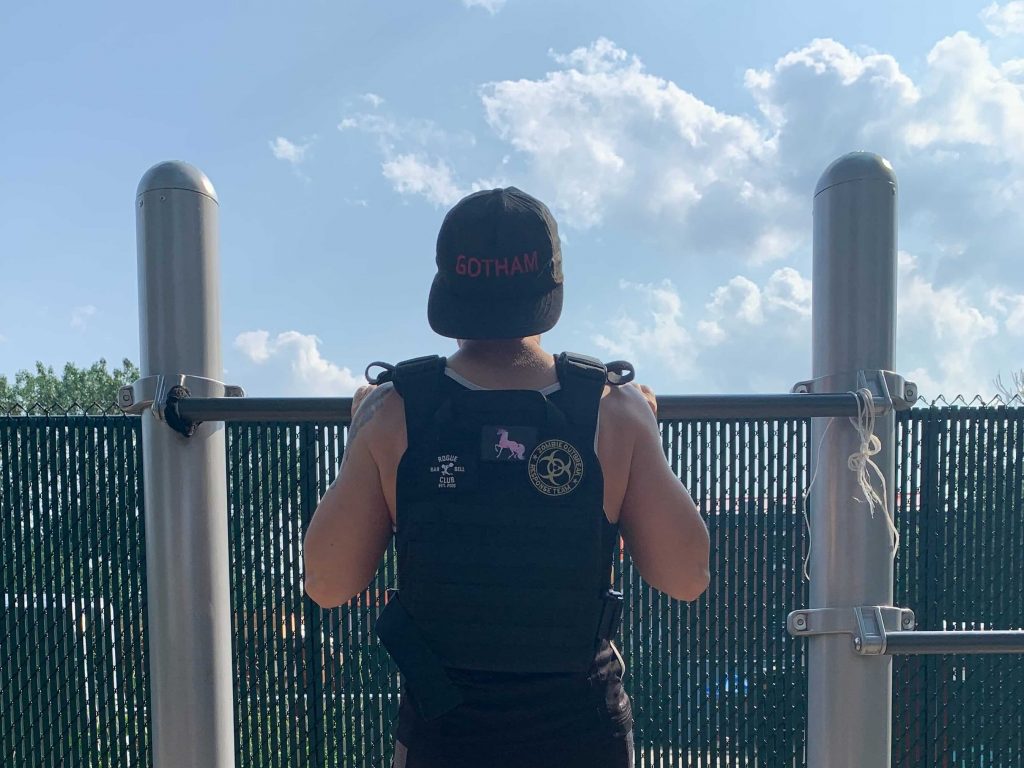
- A weighted vest can help improve speed, strength, and endurance for experienced athletes.
- To choose the right vest for you, assess your fitness level and then pick a vest that matches your workout regimen, an expert said.
- Sandbag style vests may be better for jogging or beginners, while plates are heavier and more intense.
- Visit Insider's homepage for more stories.
A weight vest is a versatile fitness tool that can help you improve your strength and build muscle without access to a gym.
After using one for a month, I found that my endurance and speed significantly improved – I cut my mile time by about 30 seconds. While not everyone will have those results, picking the right vest for your goals can improve your gains.
Different styles of weighted vests have distinct pros and cons, Erik Zeyher, owner of Warlock Athletics in Poughkeepsie, New York told Insider.
Sandbag style vests can be good for runners and fitness beginners, while a vest weighted with metal plates is better for experienced athletes.
To pick the right weight vest, Zeyher said it's helpful to think about what type of exercise you'll be doing, what your goals are, and what your fitness level is currently.
Have a baseline of fitness before adding weight
Before buying a vest, Zeyher said you should be comfortable doing a lot of body weight movements like squats, push-ups, and pull-ups.
"You shouldn't be a beginner athlete. I would suggest getting really good at the movement before adding weight, and then increase the intensity," he said.
If you aren't sure, a good test is to try carrying household objects, like a backpack filled with books, on a run or hike. How you feel during that exercise is a good indicator of whether you can realistically handle the intensity of a weight vest, Zeyher said.
Sandbag style vests may be more effective for runners and fitness beginners
Vests weighted with sand or similar material are cheap, convenient, and easy to use options for beginners, Zeyher said. They often include smaller-sized weights, so you have more control over how much you're adding.
The sandbag style also conforms better to the natural contours of the body, making it more comfortable for dynamic movements, including jumping and jogging.
However, some versions don't allow you to adjust the amount of weight. And heavy vests require a lot of sand to fill them, which can make for a bulky, awkward fit. Finally, any damage to the vest could cause the sand to leak, so you may not want this type of vest if you're subjecting it to a lot of wear and tear.
Plate carriers have a more streamlined and simple design for intense workouts
One of the most popular weight vests for CrossFit athletes is the plate carrier, which mimics the design of tactical body armor with heavy metal plates inserted inside the vest.
The major advantage of the plate style vest is that you can carry more weight without the vest becoming bulky, and add or remove plates easily.
The trade off is that these plate vests tend to be more expensive. The rigid plates aren't form fitting to the body, and can bounce or jostle while you're jumping or jogging.
To minimize discomfort, look for a vest that can be adjusted with multiple straps to fit properly, Zeyher said.
Gradually ease into workouts with your new vest
When selecting the level of weight for your vest workouts, Zeyher's advice is to start slow.
Expect that you'll be able to do about 10% to 20% of your normal training intensity at first: for example, if you normally do sets of 10 pull-ups, you might be doing just one or two at a time.
Pick a weight that will allow you to maintain this level of activity throughout the workout, he said.
For reference, the average recommendation for experienced CrossFit athletes is 14 to 20 pounds.
